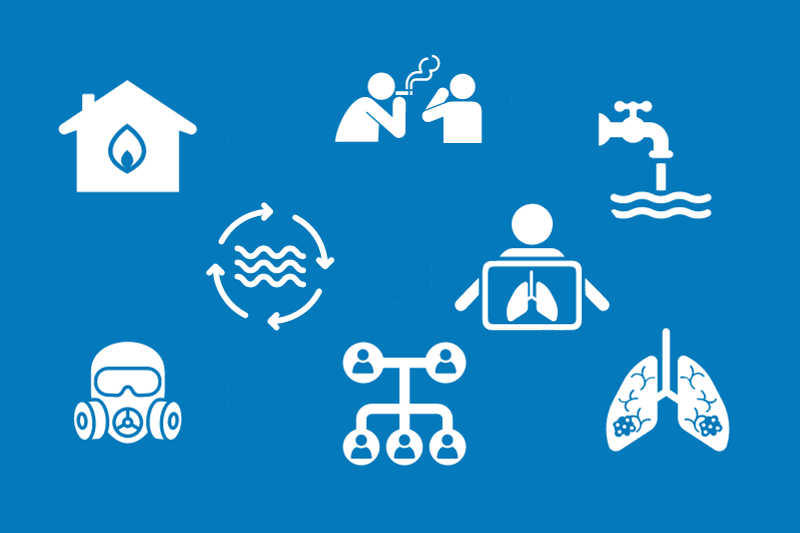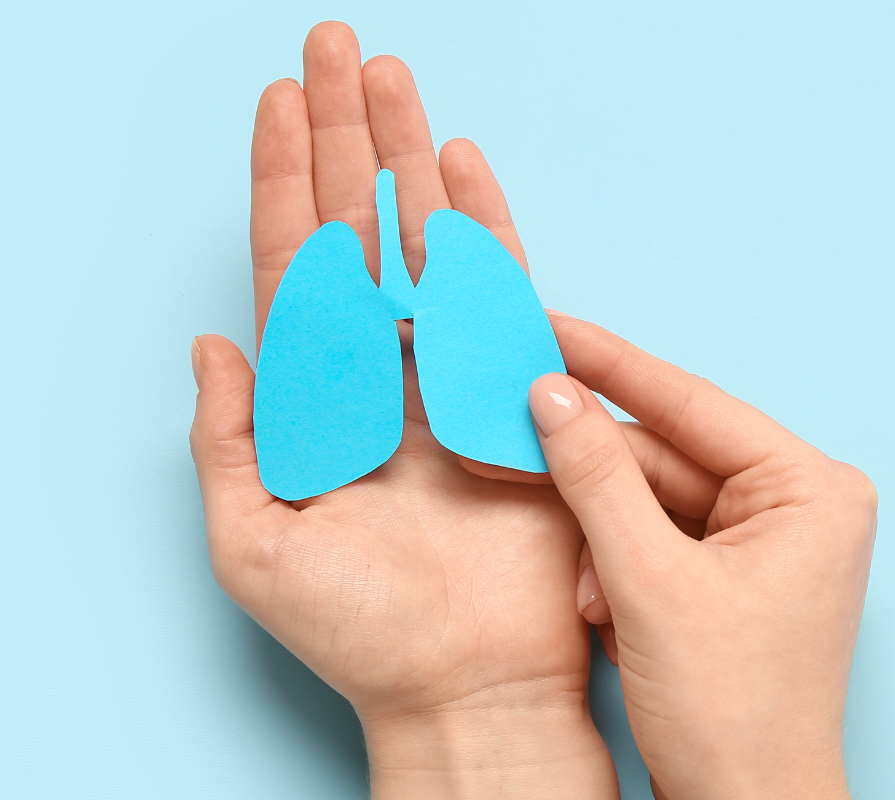
How to Detect Lung Cancer, Early Detection and More
The early detection of lung cancer allows for patients to have more treatment options and a far greater chance of survival.
Does insurance cover early detection testing?
Studies over the last 15 years using early detection screening such as spiral CT have been shown to reduce lung cancer deaths by 16% to 20%. Because of these findings, the U.S. Preventive Services Task Force now recommends annual computed tomography (CT) screening for people who meet specific criteria. More importantly, this non-invasive diagnostic test may be covered by Medicare and most insurance companies.
If you answer YES to these 3 questions below, you meet the criteria for early detection testing.
If you answer YES to these 3 questions, you meet the latest criteria set by the U.S. Preventive Services Task Force that recommends annual computed tomography (CT) screening. This non-invasive diagnostic test may be covered by Medicare and insurance companies. Make an appointment with your doctor and discuss this testing with them.
If you answer NO to any of these questions BUT have any concerns regarding your lung cancer risks, you should make an appointment with your doctor.
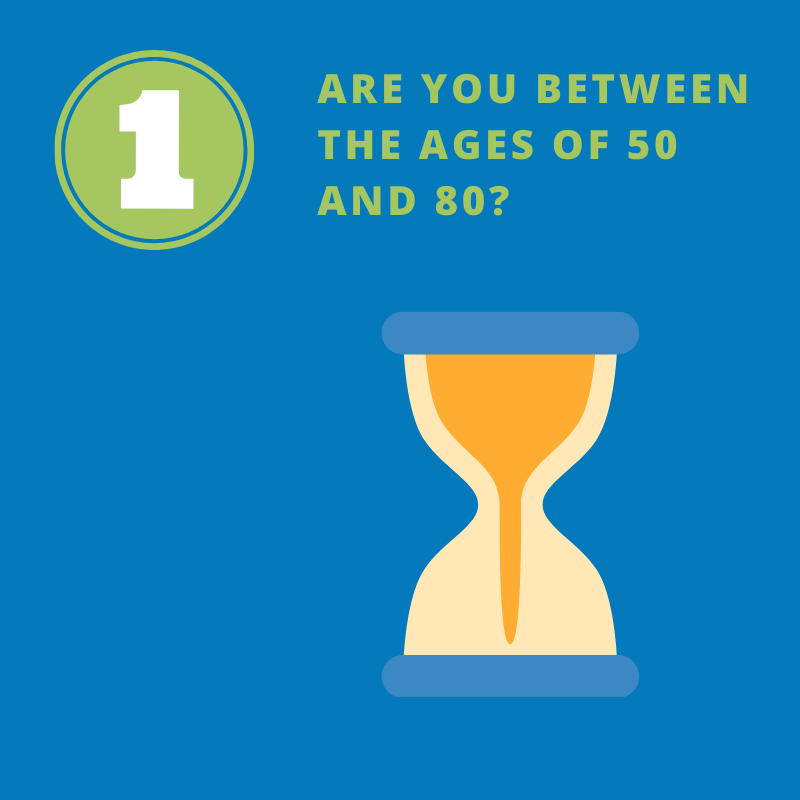
Are you between the ages of 50 and 80?
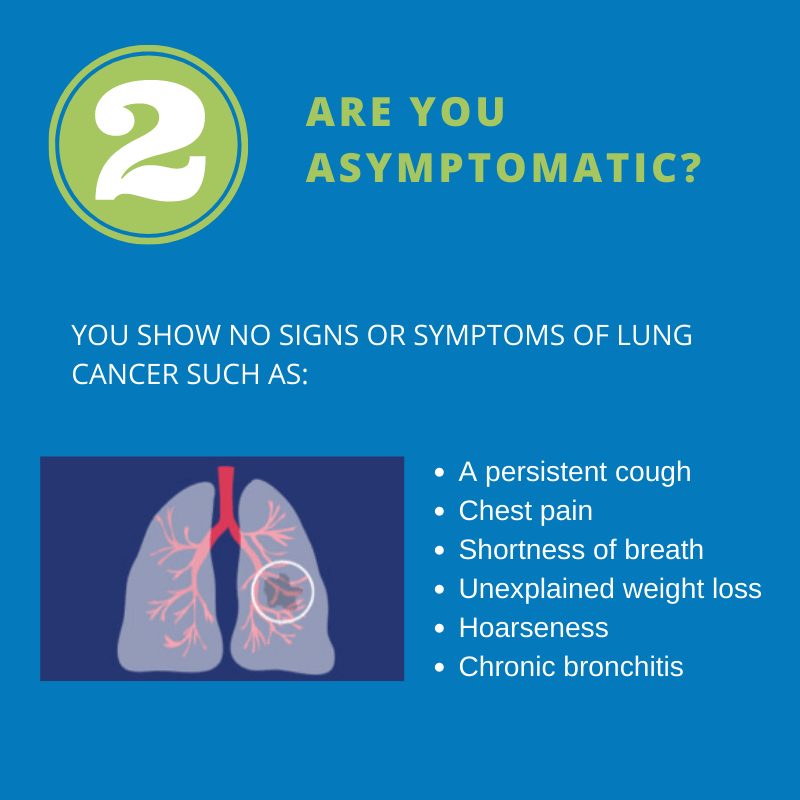
Do you show no signs or symptoms of lung cancer such as: a persistent cough, chest pain, shortness of breath, unexplained weight loss, hoarseness, chronic bronchitis?
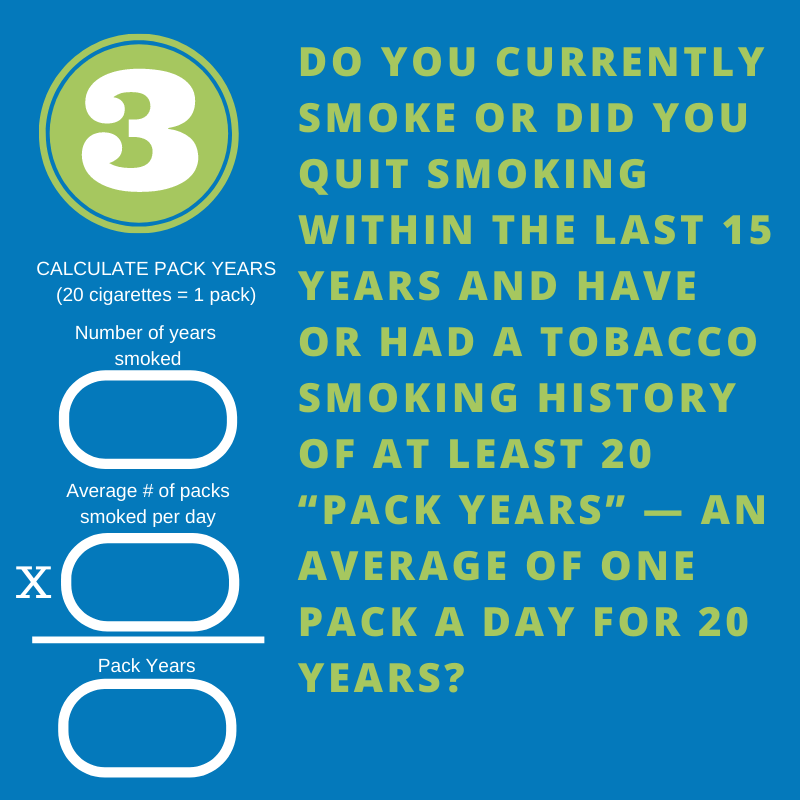
Calculate pack years: [Number of Years Smoked] X [Averages Number of Packs Per Day] = [Pack Years]
Early Testing means Increased 5-Year Survival Rate
The average 5-year survival rate of lung cancer patients diagnosed early – before it spreads – is 55%. Once the cancer has spread this survival rate can drop to 18% for some individuals.



